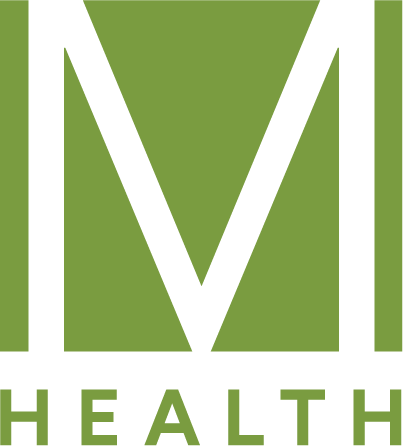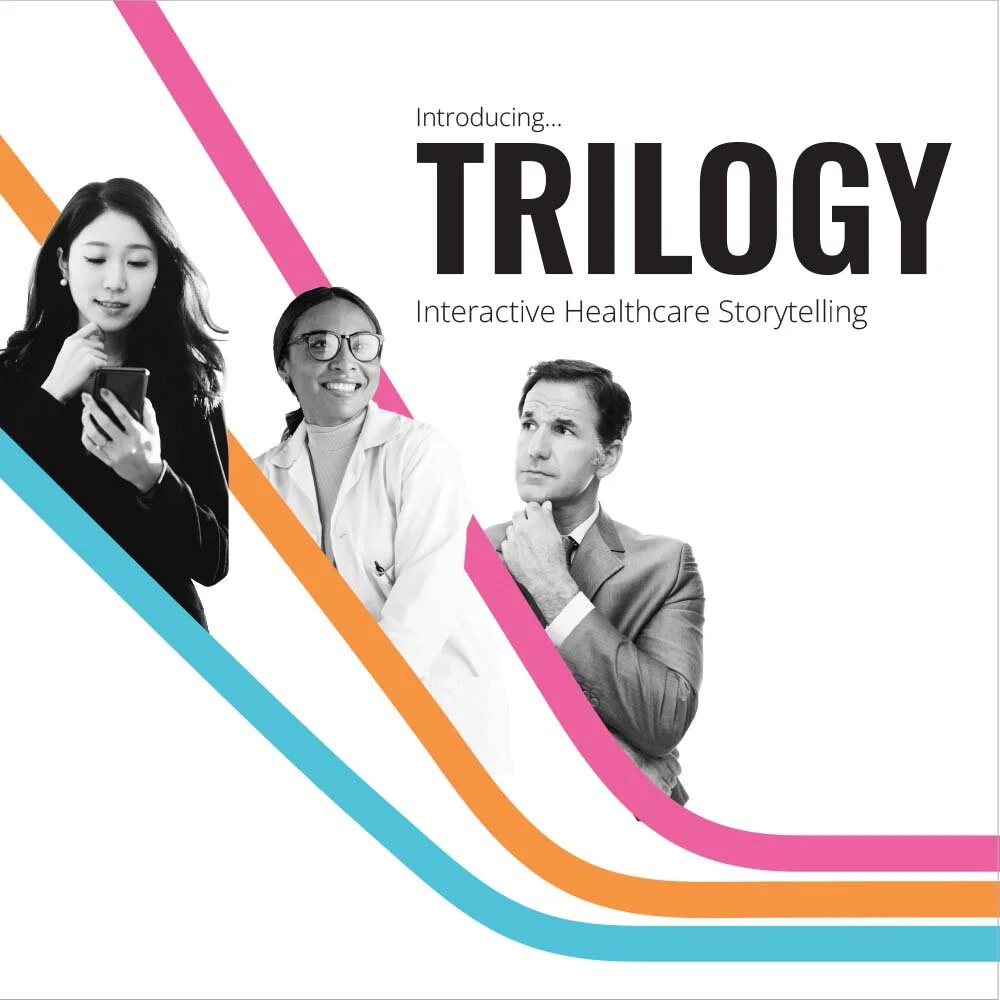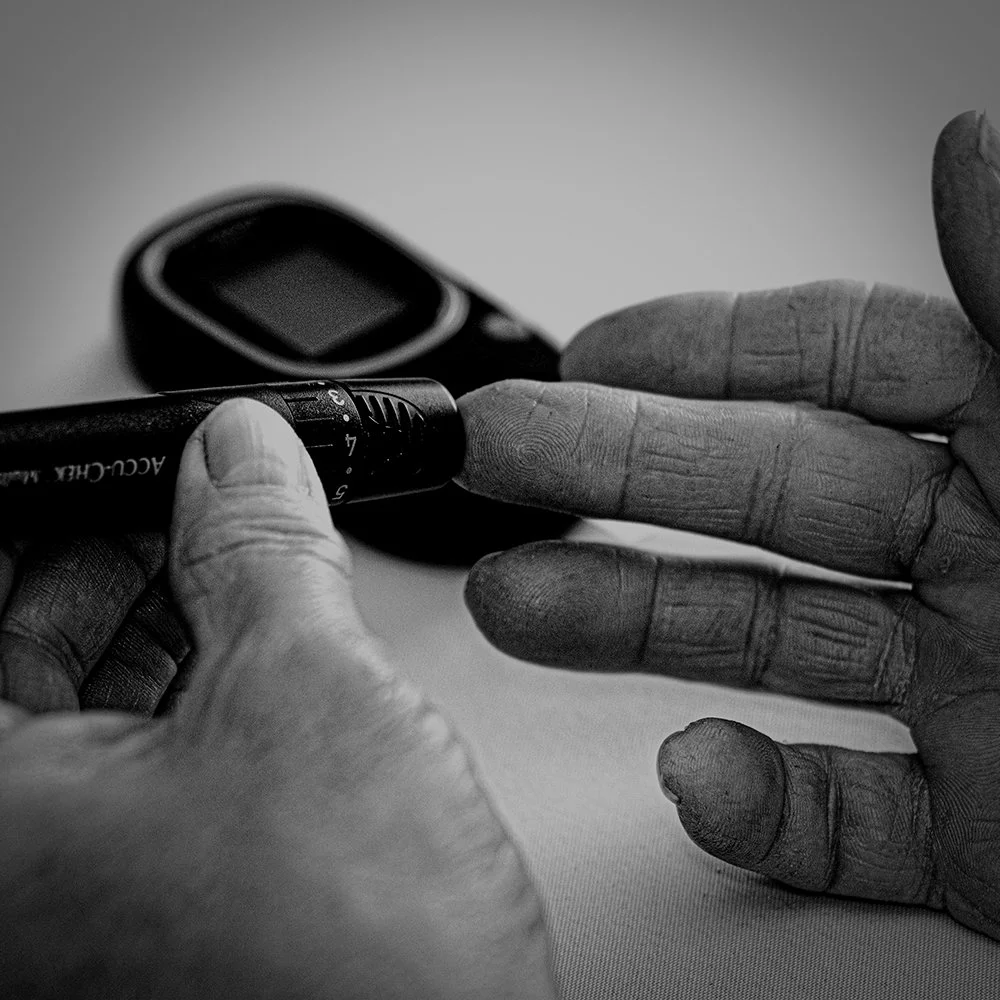How We Think
Recombinant adeno-associated viruses (rAAV): The delivery vehicle for gene therapy
Recombinant adeno-associated viruses (rAAV): The delivery vehicle for gene therapy
Gene therapy is no longer the stuff of science fiction, with treatments in development or already approved for hemophilia, spinal muscular atrophy (SMA), cystic fibrosis, congenital blindness (Leber congenital amaurosis) and several malignancies.
rAAV: A gene therapy workhorse
Recombinant adeno-associated viruses have emerged as a key vector for delivering gene replacement therapies like Zolgensma (onasemnogene abeparvovec-xioi), a life-changing gene therapy treatment for patients with SMA. rAAV vectors have been extensively studied and characterized as gene therapy vectors. They have a number of characteristics that make them excellent vectors for gene replacement:[source]
• Low pathogenicity of wild-type AAV
• Low immunogenicity
• Multiple serotypes (confers ability to transfect a variety of tissue types)
Their “cargo capacity” is sufficient for many gene replacement applications, but may not be suitable for larger or more complex genes.
Beyond gene replacement: New approaches to gene therapy
Gene replacement is the easiest gene therapy modality to understand. An rAAV vector delivers a packet of genetic material to replace a missing or defective gene in target cells. This packet generally includes the coding sequence of the gene in question, and other important elements like the promoter region, a sequence of DNA that enables and regulates gene transcription.
Gene knockdown is a technique that uses a vector (like rAAV) to introduce nucleotides that prevent or down-regulate expression of certain genes. Gene knockdown may prove to be useful in managing some viral diseases.
Gene editing is a far more complex process that uses enzymes to create a targeted break in genomic DNA, and then insert the therapeutic gene. This is a very different situation compared with gene replacement or gene knockdown, in that the patient’s actual genome is altered in targeted tissues. In theory, this approach could provide lifelong expression of the target gene.
While these approaches are not yet a practical reality, the humble rAAV will play a key role in their development. Our extensive understanding of rAAV vectors also opens the door to a new kind of targeted cancer treatment, where specially designed rAAV serotypes will preferentially target specific tumor cells and deliver a “suicide gene” which, once expressed, causes cell death in a highly selective way.
rAAV challenges and limitations
Despite their many advantages, rAAV vectors face several key challenges. These include the need to create highly concentrated vector batches, resulting in a concomitant concentration of impurities. In addition, the insertion of genetic material into the “payload” area (the capsid) is highly inefficient, with a large number of empty capsids necessitating a larger “dose” in order to reach therapeutic levels. [source]
Clinical concerns around rAAV vector-based gene therapy include potential host immune responses (potentially exacerbated by the technical challenges described above), and unknown durability of therapeutic response. An area of great concern is the irreversibility of this type of therapy. Unlike a drug-based treatment, it is not currently possible to reverse or modulate the effects of rAAV-based gene therapy if, for instance, the therapeutic gene is over-expressed.
The big picture: Human and financial impacts of gene therapy
Thanks to rAAV vectors, gene therapy is now a reality. But we have only begun to grapple with the societal implications of gene therapy. Which conditions should be targets for gene therapy? Which patients are appropriate candidates? And when does the value of these advanced treatments outweigh their expense? Does providing gene therapy for some patients lead to care rationing and further healthcare inequity in a health system?
In some cases, the answers are fairly straightforward. Patients with SMA Type 1, for example, do not usually live past two years of age. They require increasingly heroic measures as their condition and attendant disabilities progress. Gene therapy can halt the progression of SMA, and offer affected patients and their families hope for a brighter future. Gene therapy for patients with SMA seems like a mandate in any moderately compassionate society.
But what about diabetes? Patients with type 1 diabetes are able to manage their conditions using existing medications—but they do face a shorter average lifespan than non-diabetics. Would gene therapy for type 1 diabetes be appropriate? How would it affect quality of life, overall care utilization and expense over the course of several decades? Gene therapy—even “simple” gene replacement—entails a complex calculus that we have only begun to grapple with.
Three lenses for evaluating gene therapy
There are no easy answers to the questions posed by gene therapy. It may be useful to consider the impact of gene therapy in three overlapping domains:
• Clinical impact: How effective is this treatment? How do the clinical benefits compare with the risks?
• Human impact: How does this treatment change the patient’s life? What are the side effects? How will this affect a patient’s family and community?
• Value considerations: How expensive is this treatment? What expected care costs will it offset? How is this treatment paid for?
Complex issues like gene therapy require careful consideration and assessment. A holistic approach that factors in clinical effects, impact on patients and families, and the value a treatment delivers gives us a strong theoretical framework to evaluate the use of a gene therapy in a general sense, and also for individual patients.









